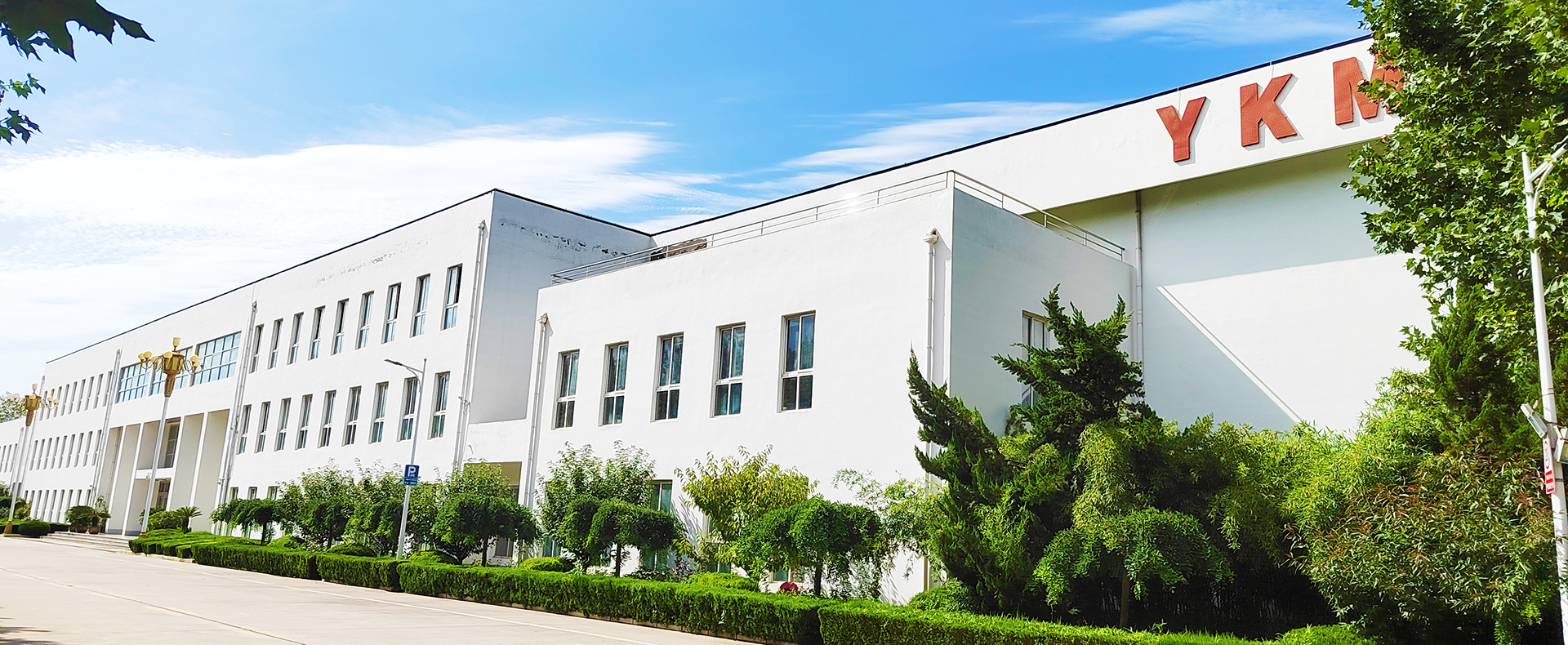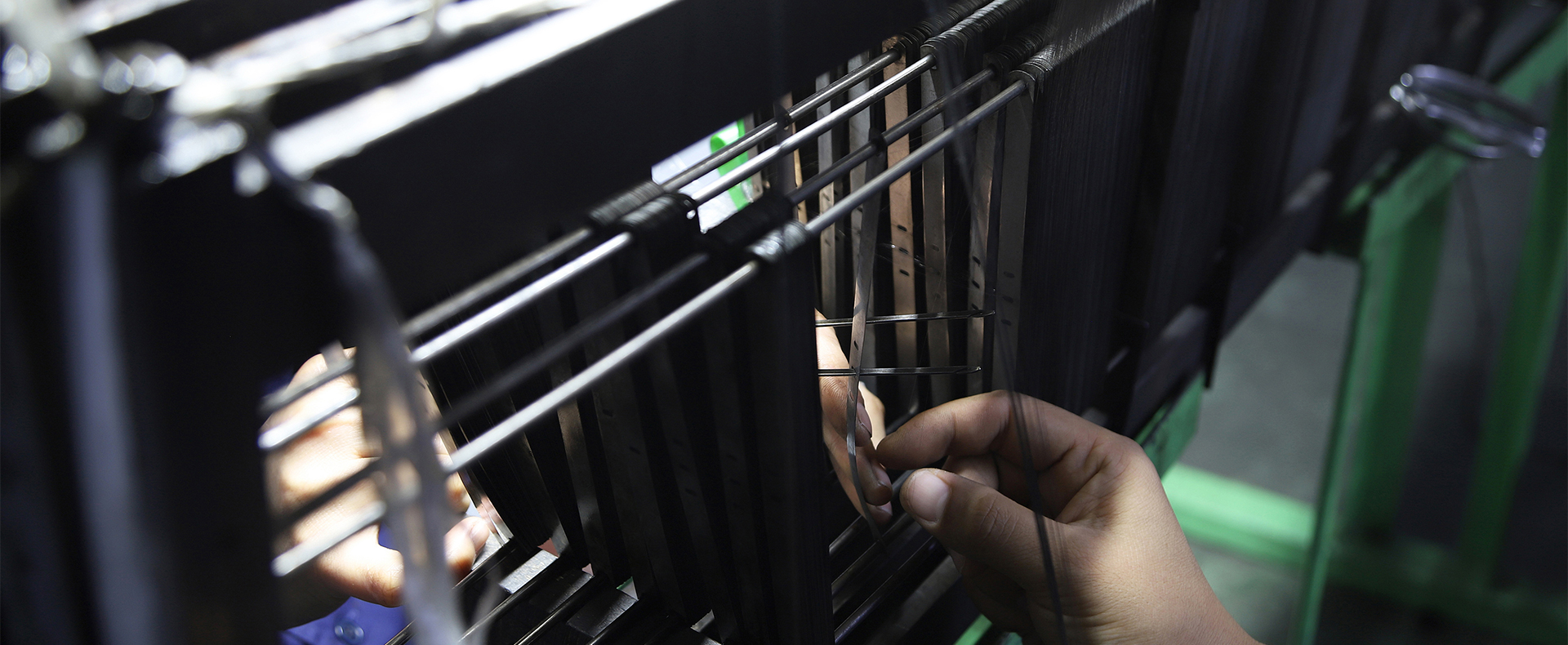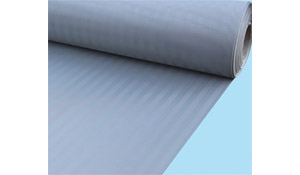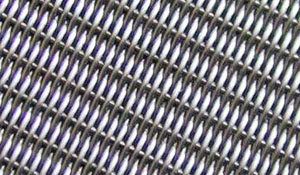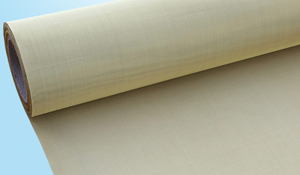How to ensure that the surface of Stainless Steel Mesh is smooth and shiny?
Dec. 20, 2019
China Fine Stainless Steel Wire Mesh has now become a leader in the transportation industry and is loved by a wide range of users. The mesh belt must be properly sprayed during the application process. Only in this way can it better protect it. What are the main spraying methods? Let's take a closer look.
Pretreatment of stainless steel mesh, in order to make the coating film strong adhesion, not easy to fall off, and long life, the appearance of stainless steel mesh belt must be pretreated before spraying. Coating dryness is divided into physical dryness and chemical dryness according to the nature of the coating. The pretreatment of the Great Wall mesh belt is very ties, and spraying also requires a process, which is divided into three processes. The first step is to pre-process the predecessors, then the spraying, and finally the boring. The order of the three processes cannot be interchanged. There are more than ten kinds of coatings such as grease coatings, natural resins, epoxy resins, and phenolic resins, which can be selected according to practical conditions.
Fine Stainless Steel Wire Mesh
Fine Stainless Steel Wire Mesh must be applied after it is fully dry in order to make the coating function excellent, strong and wear-resistant. Different stainless steel mesh belt pretreatment methods are different. Spraying methods include manual, active, electrostatic, electrophoretic and other methods, which can be selected according to the batch and shape of the mesh belt.
The spraying process and method are different according to the type, function and curing premise of the coating. Users can according to the shape, size and batch of stainless steel mesh belt. In practice, for rapid boring, solvent-volatile coatings or heat-curing coatings are often selected. The ambition can be achieved through natural boring or simple drying processes. Iron and steel parts are mainly treated for degreasing, rusting, phosphating, etc. Water-based detergents are commonly used for decontamination and degreasing, and mechanical or chemical methods are used to remove rust. Phosphating is immersing the part in an acidic diluent. repercussions.
In order to ensure that the surface of the stainless steel mesh is black and bright, and not to be rusted, Epoxy Coated Mesh Supplier advises:
1. The surface of the stainless steel mesh belt must be cleaned and brushed frequently to remove the appendages and remove the external factors that cause rust.
2. When cleaning your stainless steel mesh belt, be careful and apply tools that have never been abrasive. Neither the soft cloth nor the bakelite will damage the stainless steel mesh belt.
3. Some stainless steel mesh belts have grinding lines or textures on the outside. If there is a crushing line, it must be sized according to the same orientation as the polishing line. If the texture is not clear, you must be careful at this moment and wipe it with a soft cloth or plastic pad.
4. Use alkaline, alkali chloride or bleach-free detergents, mouthwash stainless steel mesh belts, and avoid the use of chloride-containing detergents, which may cause small pits. Or rust. Once you have taken the detergent containing bleach, you must develop the stainless steel mesh belt as soon as possible, develop it, and then print, and immediately wipe the large surface of the stainless steel mesh belt clean. Especially for suspended water containing detergent, the faster the stainless steel mesh belt is dry, the better. The stainless steel mesh belt is air-dried after drying because oxygen can protect the passive film of the stainless steel mesh belt.







